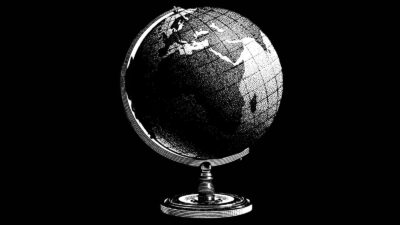Super funds love to crow about their performance, but the headlines about ART’s double-digit return obscure what will be a massive shift for its millions-strong member base.
Rising geopolitical tensions mean that diversification’s ‘free lunch’ must come from a new menu if investors want to prosper in a brave new world, the Future Fund says.
The private markets have surged in popularity as investors hunt for a potent combination of yield and downside protection. But in a big selloff, the strategy that will do best is one that’s genuinely uncorrelated.
A number of small super funds are up in arms about new proposed increase to APRA’s supervision levies, which would see a $7 billion fund pay the same amount as one managing $355 billion.
Since Russia’s invasion of Ukraine, investment managers have been bedeviled by the question of how much attention they should pay to geopolitics. Part of the answer can be found in parking lots.
Despite its physical proximity, South East Asia has seen little direct investment from Australia’s super funds. Could soaring interest in the region from other big investors change that?
Super funds have been heading down the path to massive size for more than two decades. They’ve arrived when the transition to a net-zero economy needs that size the most.
Markets now move a lot faster than they did during the GFC, while expected and unexpected threats to them are emerging more often and in combination. How should super funds respond?
AMP’s best deserve more than its worst, but the unilateral reduction of their redundancy benefits means that’s what they’ve gotten. There’s still time for its executive committee to make good.
Australia’s sophisticated super fund market makes it the perfect asset servicing ‘laboratory’ for the international custody banks, which are well-placed to help those funds further their offshore ambitions.















